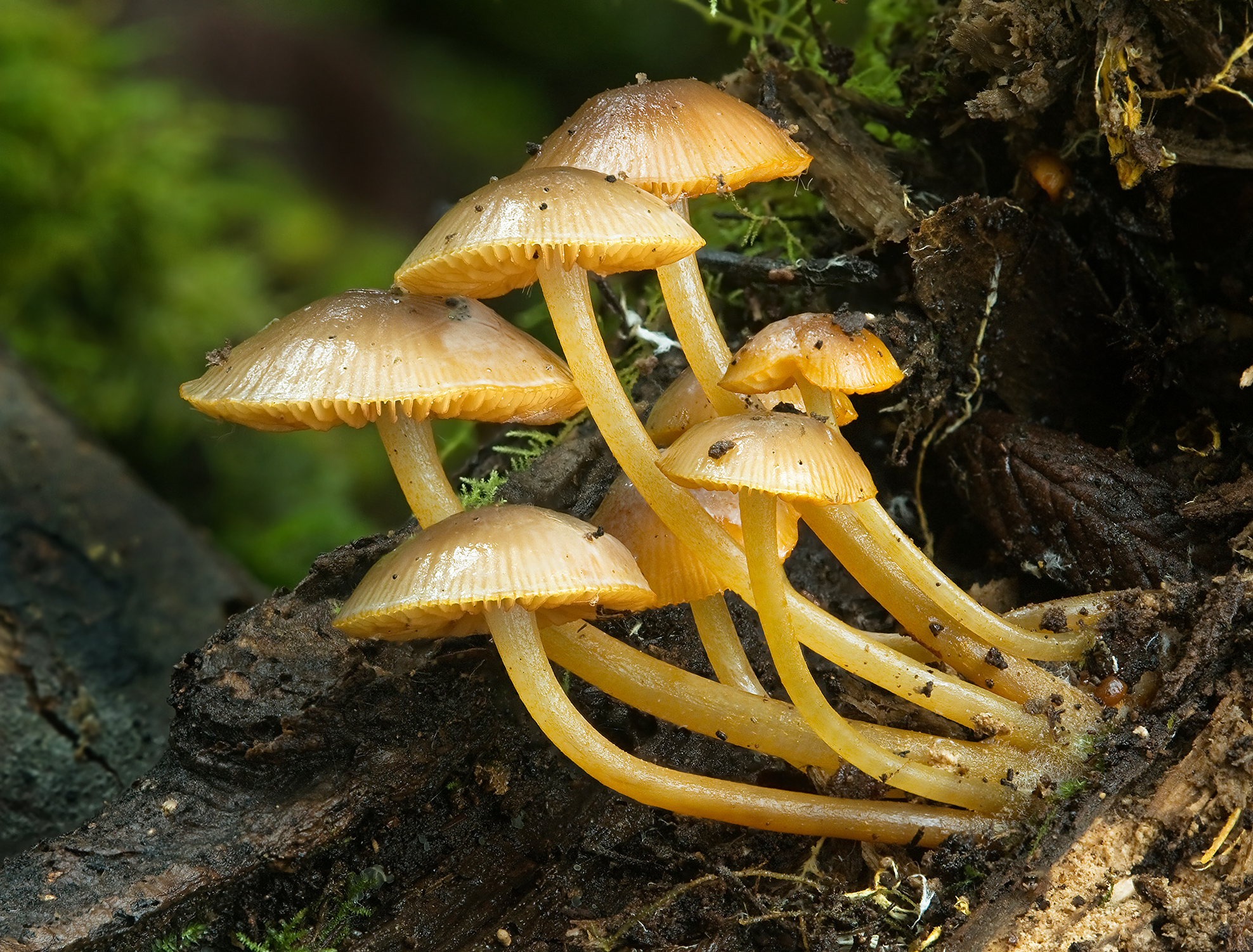|
Cornelius Lott Shear
Cornelius Lott Shear (1865–1956) was an American mycologist and plant pathologist. In 1908 he created the American Phytopathological Society The American Phytopathological Society (APS) is an international scientific organization devoted to the study of plant diseases (phytopathology). APS promotes the advancement of modern concepts in the science of plant pathology and in plant heal .... He was the first to describe the grass '' Bromus arizonicus''. References American mycologists American phytopathologists 1865 births 1956 deaths University of Nebraska–Lincoln alumni {{mycologist-stub ... [...More Info...] [...Related Items...] OR: [Wikipedia] [Google] [Baidu] |
Mycology
Mycology is the branch of biology concerned with the study of fungi, including their genetic and biochemical properties, their taxonomy and their use to humans, including as a source for tinder, traditional medicine, food, and entheogens, as well as their dangers, such as toxicity or infection. A biologist specializing in mycology is called a mycologist. Mycology branches into the field of phytopathology, the study of plant diseases, and the two disciplines remain closely related because the vast majority of plant pathogens are fungi. Overview Historically, mycology was a branch of botany because, although fungi are evolutionarily more closely related to animals than to plants, this was not recognized until a few decades ago. Pioneer mycologists included Elias Magnus Fries, Christian Hendrik Persoon, Anton de Bary, Elizabeth Eaton Morse, and Lewis David von Schweinitz. Beatrix Potter, author of '' The Tale of Peter Rabbit'', also made significant contributions to t ... [...More Info...] [...Related Items...] OR: [Wikipedia] [Google] [Baidu] |
Plant Pathologist
Plant pathology (also phytopathology) is the scientific study of diseases in plants caused by pathogens (infectious organisms) and environmental conditions (physiological factors). Organisms that cause infectious disease include fungi, oomycetes, bacteria, viruses, viroids, virus-like organisms, phytoplasmas, protozoa, nematodes and parasitic plants. Not included are ectoparasites like insects, mites, vertebrate, or other pests that affect plant health by eating plant tissues. Plant pathology also involves the study of pathogen identification, disease etiology, disease cycles, economic impact, plant disease epidemiology, plant disease resistance, how plant diseases affect humans and animals, pathosystem genetics, and management of plant diseases. Overview Control of plant diseases is crucial to the reliable production of food, and it provides significant problems in agricultural use of land, water, fuel and other inputs. Plants in both natural and cultivated populations ... [...More Info...] [...Related Items...] OR: [Wikipedia] [Google] [Baidu] |
American Phytopathological Society
The American Phytopathological Society (APS) is an international scientific organization devoted to the study of plant diseases (phytopathology). APS promotes the advancement of modern concepts in the science of plant pathology and in plant health management in agricultural, urban and forest settings. The Society has nearly 5,000 plant pathologists and scientists worldwide. It is the oldest and largest organization of its type in the world. It is also a member of the International Society for Plant Pathology. APS provides information on the latest developments and research advances in plant health science through its journals and its publishing arm, APS Press. APS advocates and participates in the exchange of plant health information with public policy makers and the larger scientific community, and it provides advice on education and training. History The society was founded in December 1908, and the first regular meeting was held in December 1909. It was the first sc ... [...More Info...] [...Related Items...] OR: [Wikipedia] [Google] [Baidu] |
Annual Review Of Phytopathology
The ''Annual Review of Phytopathology'' is a peer-reviewed academic journal that publishes review articles about phytopathology, the study of diseases that affect plants. It was first published in 1963 as the result of a collaboration between the American Phytopathological Society and the nonprofit publisher Annual Reviews. As of 2022, ''Journal Citation Reports'' lists the journal's 2021 impact factor as 10.850, ranking it seventh of 238 journal titles in the category "Plant Sciences". Its current editors are Jan E. Leach and Steven E. Lindow. History In the 1950s, the American Phytopathological Society had intended to publish its own journal to cover significant developments in the field of phytopathology, or plant diseases. However, the nonprofit publisher Annual Reviews offered to publish the journal for them, and they agreed due to their publishing experience. In 1961, the American Phytopathological Society compiled the editorial board of the journal at their annual m ... [...More Info...] [...Related Items...] OR: [Wikipedia] [Google] [Baidu] |
Annual Reviews (publisher)
Annual Reviews is an independent, non-profit academic publishing company based in San Mateo, California. As of 2021, it publishes 51 journals of review articles and ''Knowable Magazine'', covering the fields of life, biomedical, physical, and social sciences. Review articles are usually “peer-invited” solicited submissions, often planned one to two years in advance, which go through a peer-review process. The organizational structure has three levels: a volunteer board of directors, editorial committees of experts for each journal, and paid employees. Annual Reviews' stated mission is to synthesize and integrate knowledge "for the progress of science and the benefit of society". The first Annual Reviews journal, the ''Annual Review of Biochemistry'', was published in 1932 under the editorship of Stanford University chemist J. Murray Luck, who wanted to create a resource that provided critical reviews on contemporary research. The second journal was added in 1939. By ... [...More Info...] [...Related Items...] OR: [Wikipedia] [Google] [Baidu] |
Bromus Arizonicus
''Bromus arizonicus'' is a species of brome grass known by the common name Arizona brome. It is native to the Southwestern United States The Southwestern United States, also known as the American Southwest or simply the Southwest, is a geographic and cultural region of the United States that generally includes Arizona, New Mexico, and adjacent portions of California, Colorado, Ne ..., California, and Baja California, where it grows in many types of grassy valley and desert habitat. Description It is an annual grass growing tall with an open, branching inflorescence. The spikelets are flat and hairy and have awns up to long. References External linksJepson Manual Treatment [...More Info...] [...Related Items...] OR: [Wikipedia] [Google] [Baidu] |
US EPA
The Environmental Protection Agency (EPA) is an Independent agencies of the United States government, independent executive agency of the United States federal government tasked with environmental protection matters. President Richard Nixon proposed the establishment of EPA on July 9, 1970; it began operation on December 2, 1970, after Nixon signed an executive order. The Reorganization Plan No. 3, order establishing the EPA was ratified by committee hearings in the House and Senate. The agency is led by its Administrator of the Environmental Protection Agency, administrator, who is appointed by the President of the United States, president and approved by the United States Senate, Senate. The current administrator is Michael S. Regan. The EPA is not a Cabinet of the United States, Cabinet department, but the administrator is normally given Cabinet of the United States#Cabinet-level officials, cabinet rank. The EPA has its headquarters in Washington, D.C., regional offices for ea ... [...More Info...] [...Related Items...] OR: [Wikipedia] [Google] [Baidu] |
American Mycologists
American(s) may refer to: * American, something of, from, or related to the United States of America, commonly known as the "United States" or "America" ** Americans, citizens and nationals of the United States of America ** American ancestry, people who self-identify their ancestry as "American" ** American English, the set of varieties of the English language native to the United States ** Native Americans in the United States, indigenous peoples of the United States * American, something of, from, or related to the Americas, also known as "America" ** Indigenous peoples of the Americas * American (word), for analysis and history of the meanings in various contexts Organizations * American Airlines, U.S.-based airline headquartered in Fort Worth, Texas * American Athletic Conference, an American college athletic conference * American Recordings (record label), a record label previously known as Def American * American University, in Washington, D.C. Sports teams Soccer * ... [...More Info...] [...Related Items...] OR: [Wikipedia] [Google] [Baidu] |
1865 Births
Events January–March * January 4 – The New York Stock Exchange opens its first permanent headquarters at 10-12 Broad near Wall Street, in New York City. * January 13 – American Civil War : Second Battle of Fort Fisher: United States forces launch a major amphibious assault against the last seaport held by the Confederates, Fort Fisher, North Carolina. * January 15 – American Civil War: United States forces capture Fort Fisher. * January 31 ** The Thirteenth Amendment to the United States Constitution (conditional prohibition of slavery and involuntary servitude) passes narrowly, in the House of Representatives. ** American Civil War: Confederate General Robert E. Lee becomes general-in-chief. * February ** American Civil War: Columbia, South Carolina burns, as Confederate forces flee from advancing Union forces. * February 3 – American Civil War : Hampton Roads Conference: Union and Confederate leaders discuss peace terms. * Febr ... [...More Info...] [...Related Items...] OR: [Wikipedia] [Google] [Baidu] |
1956 Deaths
Events January * January 1 – The Anglo-Egyptian Condominium ends in Sudan. * January 8 – Operation Auca: Five U.S. evangelical Christian missionaries, Nate Saint, Roger Youderian, Ed McCully, Jim Elliot and Pete Fleming, are killed for trespassing by the Huaorani people of Ecuador, shortly after making contact with them. * January 16 – Egyptian leader Gamal Abdel Nasser vows to reconquer Palestine. * January 25– 26 – Finnish troops reoccupy Porkkala, after Soviet troops vacate its military base. Civilians can return February 4. * January 26 – The 1956 Winter Olympics open in Cortina d'Ampezzo, Italy. February * February 11 – British spies Guy Burgess and Donald Maclean resurface in the Soviet Union, after being missing for 5 years. * February 14– 25 – The 20th Congress of the Communist Party of the Soviet Union is held in Moscow. * February 16 – The 1956 World Figure Skating Championships open in Garmisch, West Germany. * February 22 – Elvis P ... [...More Info...] [...Related Items...] OR: [Wikipedia] [Google] [Baidu] |




